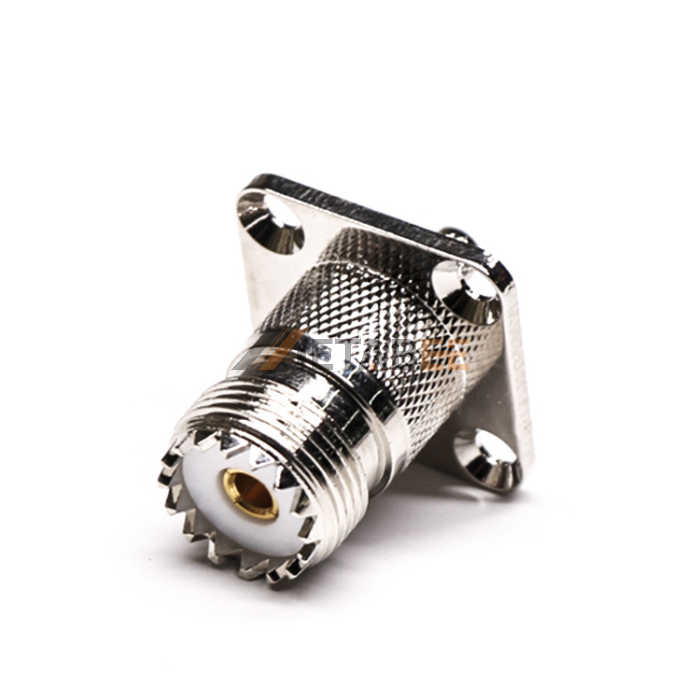Straight UHF Jack Clamp Panel Mount 4 Hole Flange
- The threaded coupling mechanism is easy to assembly with high durability
- Can be Customized for unique material or performance requirements
- Crimp termination type provides a lower-cost method of installation
- Large-size threaded couplings are a robust design
- Low specification requirements and low cost
Descriptions
What is the UHF Connector?
Originally intended for use as a video connector in radar applications, the UHF coaxial connector was developed as a general-purpose unit for use in low-frequency systems from 0.6 - 300 MHz. Invented in the 1930s for use in the radio industry, UHF is an acronym for Ultra High Frequency because 300 MHz was considered high frequency at the time. They can be used when impedance matching is not required.
UHF connectors use threaded coupling. UHF connectors are economical and widely used because of their ease of assembly. The UHF solderable screw-in termination feature does not require a special crimping tool.
Specification
Features
View of UHF Connector


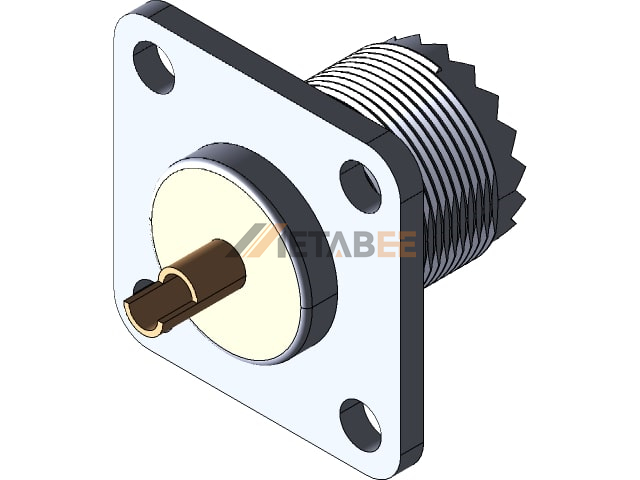

Can be Customized for unique material or performance requirements
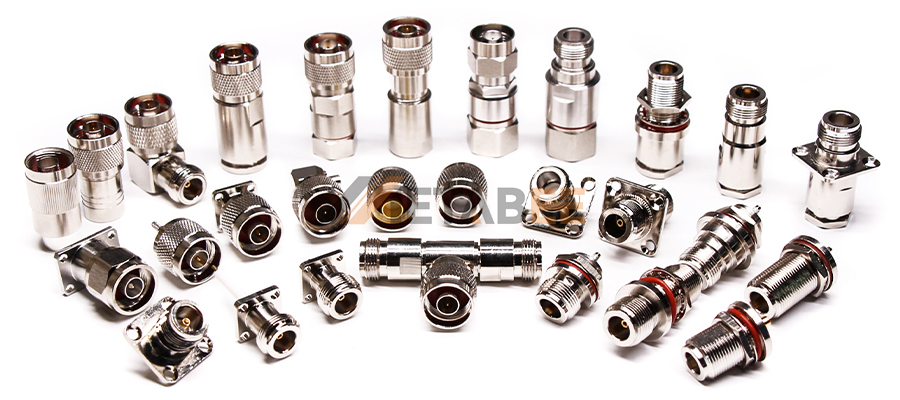

The connector design was invented in the 1930s for use in the radio industry, and is a shielded form of the "banana plug". It is a widely used standard connector for HF transmission lines on full-sized radio equipment.
Large size threaded couplings are a robust design
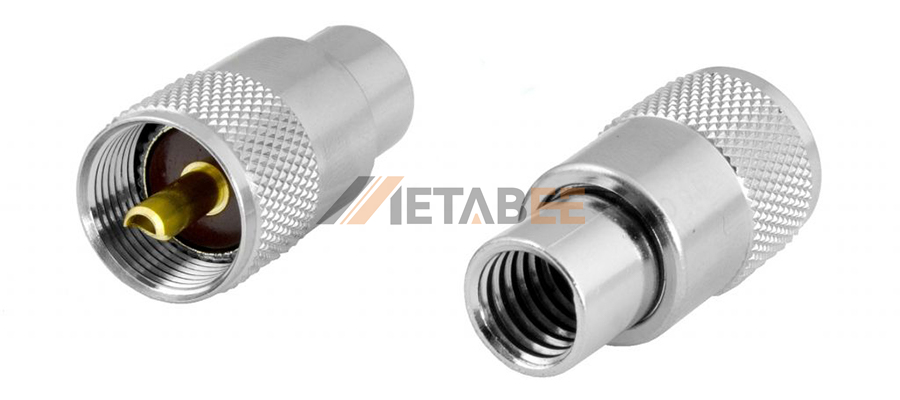

The Ultra High-Frequency (UHF) connector is a threaded coaxial connector that was developed in the 1930s by engineers at Amphenol. The UHF connector has individual male and female radio frequency connectors that form a mated connection by thread coupling.
Crimp termination type provides a lower cost method of installation
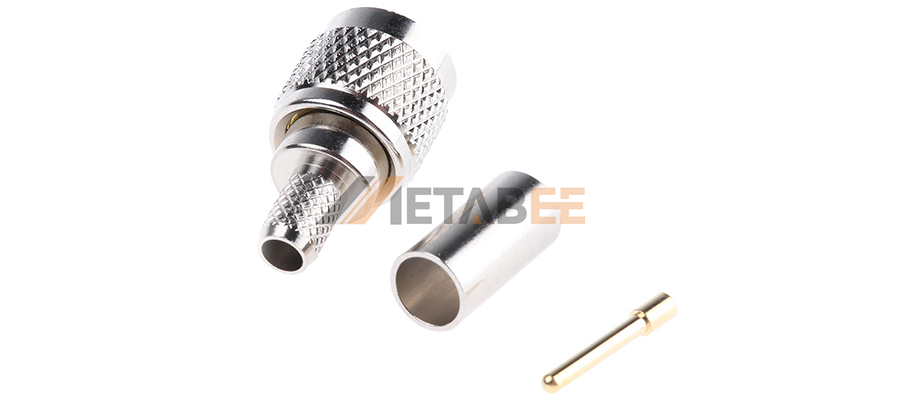

This is a cost-effective, robust radio-frequency connector that is suitable for general-purpose use.
Applications
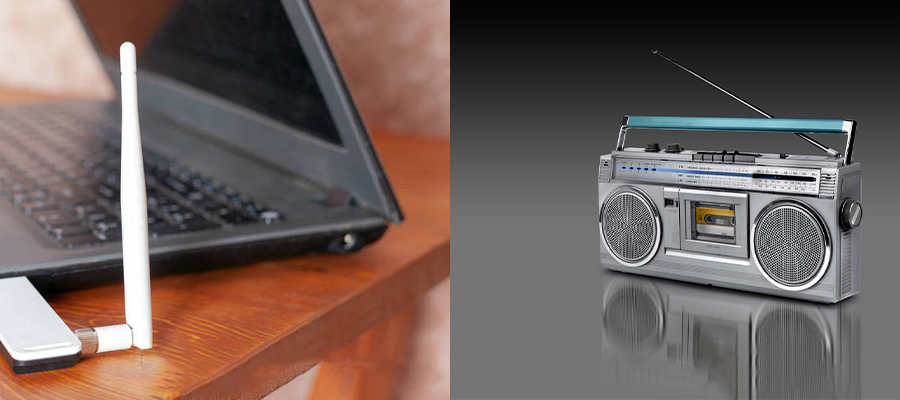
- Antennas
- Military
- Distributed Antenna Systems (DAS)
- Public Address Systems
- Low-Frequency Applications
Downloads
Questions
Reviews
-
Quality productThis UHF connector is well made and durable. The 4 hole flange design is great for stability and the connection is strong. Very pleased with this purchase.
Posted on
-
Fast delivery!Needed this UHF jack clamp panel mount ASAP and was pleasantly surprised with how quickly it arrived. Product worked great and the service was excellent. Would recommend to others.
Posted on
-
Great fit!I needed a high quality UHF connector for my project and this Straight UHF Jack Clamp Panel Mount 4 Hole Flange was just what I needed! It fit perfectly and was easy to install. Great service and fast delivery too.
Posted on

